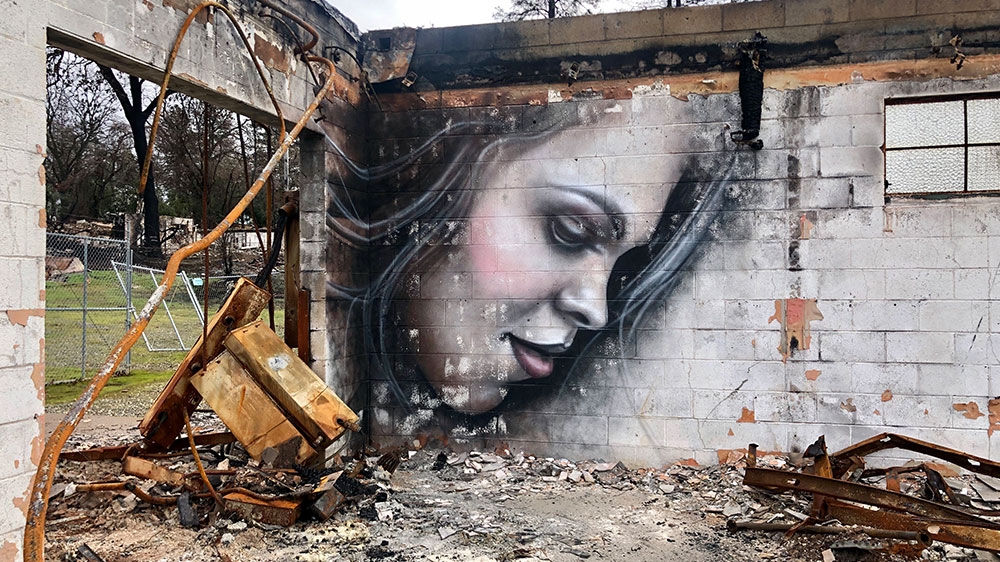Who’s responsible for California’s deadliest and most destructive wildfire?
Paradise, California – Destruction and ashes extend as far as the eye can see. Tall chimneys and heaps of rubble are all that remain where homes once stood. Beside them, hollowed out cars are charred so badly that they’ve left puddles of melted metal on the ground.
Paradise, California looks like the set of a zombie apocalypse movie. But this is the aftermath of the deadliest and most destructive wildfire in the state’s history. In November 2018, the Camp Fire obliterated this small town and torched the surrounding areas in the Sierra Nevada foothills. The fire spread at a rate of one football field every three seconds, ultimately destroying close to 14,000 homes and killing 85 people.
California has seen an increase in the number and intensity of wildfires in recent years. Although climate change and conditions related to drought are certainly factors, my team wanted to explore another possible culprit: Pacific Gas and Electric, or PG&E, one of the largest power utility companies in the United States.
In this episode of AJ ‘s Direct From, we took a close look at the multibillion-dollar corporation that has been accused for years of failing to put the public’s safety over profits.
 |
| Tall chimneys and heaps of rubble are all that remain where homes once stood [Dena Takruri/Al Jazeera] |
Suspicions that the blaze may have originated in a failure of PG&E equipment were raised immediately after the event. A PG&E worker had spotted flames at a utility tower close to where the fire ignited. It turns out that utility tower is part of a century-old high-voltage transmission line that PG&E had designated five years earlier as needing an overhaul, and which the company knew posed a safety risk but kept delaying the work.
An official state investigation is ongoing, and last month PG&E has admitted that its equipment likely caused the fire. But not before they filed for bankruptcy protection in the face of billions of dollars in damage liabilities. That means that all the lawsuits brought by fire victims become part of bankruptcy proceedings, which could leave survivors who lost everything waiting – possibly years – before receiving any compensation.
Troubling questions
PG&E’s safety record is troubling, and the company is no stranger to legal problems.
In 2010, for example, a PG&E gas line exploded in the San Francisco suburb of San Bruno, killing eight people and wiping out an entire residential neighbourhood. The utility company faced criminal charges, and was fined a record $1.6bn by the state for failing to maintain its pipeline system. From 2014 to 2017, PG&E power lines and equipment were responsible for sparking 1,500 wildfires across California.
This track record raises troubling questions about PG&E’s business model and the larger concept of privatising energy utilities. As a privately-owned utility company, PG&E has always been beholden to Wall Street, rather than to the public it serves. I spoke to California residents who are demanding that the state of California buy PG&E and make it a publicly owned utility. At an event for young survivors of the fire, I challenged newly elected California Governor Gavin Newsom on that point. And I spoke to other survivors in Paradise who’ve lost everything and may get nothing.
Was the Camp Fire preventable? How much is PG&E to blame? And given the company’s current bankruptcy and legal woes, is a profit-driven model the best way to deliver energy to the public? I explore these questions and more in this episode of Direct From.




